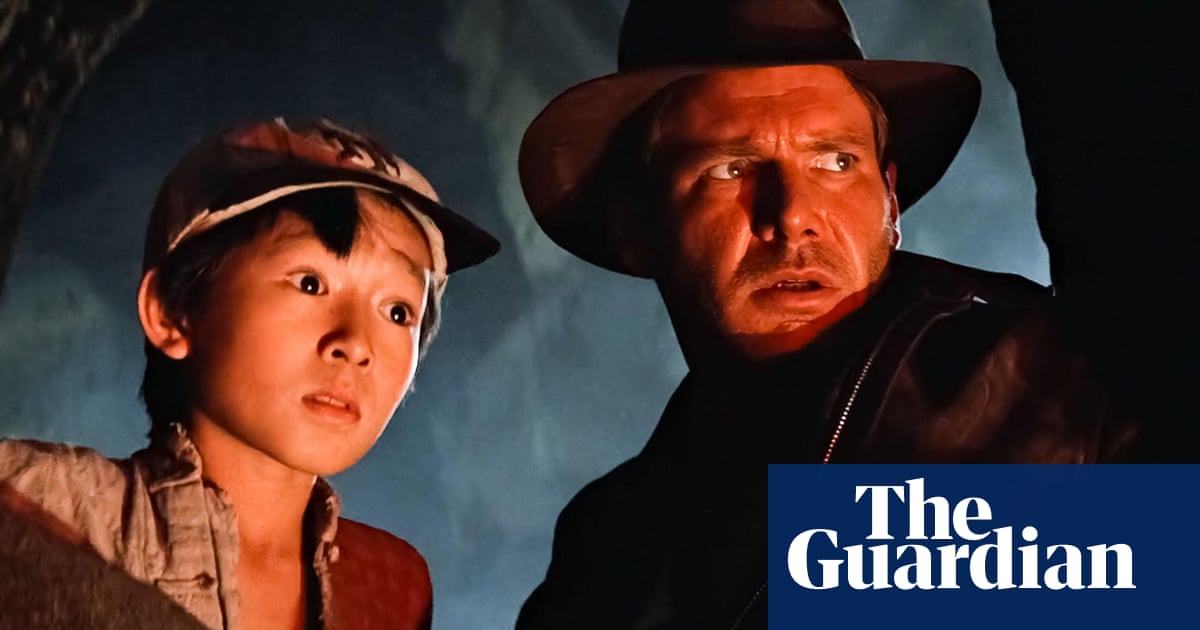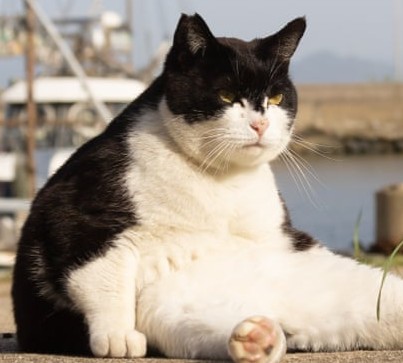Indiana Jones and the Temple of Doom begins with an action sequence that’s almost exactly 20 minutes long, starting with a show-stopping east-meets-west rendition of Anything Goes at a Shanghai nightclub in 1935 and ending in the whitewater rapids at the foot of the Himalayas. For the director Steven Spielberg, whose Raiders of the Lost Ark had instantly been canonized as an all-time great adventure movie only three years before, the only option was to top himself, to make a sequel so breathlessly paced and technically proficient that audiences would be whisked along relentlessly. At one point, it literally becomes a rollercoaster ride, with runaway cars zipping through a mine shaft like Space Mountain.
But the opening action sequence does end. And while there’s a generous array of other outstanding set pieces to come, The Temple of Doom has to do the ugly business of moving the story forward through characters and cultures colliding, and through the sort of mythological nonsense that brought Nazis and religious artefacts together in the original. This is where The Temple of Doom got itself into trouble 40 years ago and still hasn’t quite recovered, despite ample evidence that Spielberg, still hot off Raiders and ET the Extra-Terrestrial, was at the peak of his powers. There are so many qualifiers to liking the film – Kate Capshaw, “Short Round” and chilled monkey brains just for starters – that it’s almost too exhausting to defend.
…
And yet, just as Indy’s inflatable raft has to come down to earth eventually, so does Temple of Doom, landing hard in an ill-considered mix of leaden romance, gross-out comedy and a level of cultural insensitivity that edges into the grotesque. There’s a degree of cartoonishness baked into Spielberg and George Lucas’s revival of old-fashioned adventure serials, as a dashing American tomb raider snatches powerful relics from the hands of various global evil-doers. But once this film lands in Pankot Palace in India, where Thuggee cultists have taken a precious stone from a village and enslaved its children, the entire ordeal feels icky on both ends: a village so helpless that it needs a white American to save it and a scene at the palace that seems barbaric from dinnertime to a mass ritual of human sacrifice.
So The Guardian are shitting on another beloved film for clicks and eyeballs. I remember when they did this about Shrek, too.
But are they wrong? I honestly hate this movie, and consider it the worst in the series.
I don’t hate it, but I don’t go back to it either. Kate Capshaw really is obnoxious and exists largely to make Indy’s coded racism more palatable by comparison, and the character has aged particularly poorly as an audience stand-in. Short Round is a bundle of cliches, but at least Ke Huy Quan has undeniable charm. The violence is egregious too, partly because it’s less over the top than the face melting from RotLA.
Still, there are good set pieces, some nice moments like subverting the gun vs. sword scene from Raiders (though this being a prequel makes it more fun as an audience joke than as an insight for Indy), and it continues the theme that there is magic in the world that is tied to religious traditions. That last one is an overlooked part of what made the original three so great as a unit; anyone who is brought up in a religious home has basically been told since childhood that this shit can happen, and it grounds them in a way that “it was Aliens” or “Archimedes was Star Trek smart” simply can’t match. Indeed, from an overthinking perspective, Crystal Skull in particular sort of reframes the entire series and invites the question, “Was it ALL just aliens and shit?”
So, I have some fondness for ToD, but man… so much cringe too.
Exactly. I don’t agree with the article/hate of the movie, but it absolutely is the least liked of the original trilogy. This has been a long standing trope. The Guardian didn’t make anything up.
It’s the lesser of the original trilogy and, while I enjoyed it in the cinema when I was a nipper it was still disappointing after the first film and it has not aged well. There’s nothing much in that overview that I’ve not seen before. I don’t necessarily agree with it all but Spielberg (and Lucas) drew a lot on pulp fiction without trying to address or undermine some of the more problematic aspects.
That said, I don’t hate it and, if it gets an anniversary run in the cinema, I’ll go and watch it - with lowered expectations I may enjoy it more than I think. That definitely worked with The Phantom Menace recently.
deleted by creator
Do you mean all their journalism pieces are trash or just some of their opinion pieces like this one?
'Cuz they published some excellent investigation journalism for a while. I’m specially fond of their “long read” section.
This is the best summary I could come up with:
Indiana Jones and the Temple of Doom begins with an action sequence that’s almost exactly 20 minutes long, starting with a show-stopping east-meets-west rendition of Anything Goes at a Shanghai nightclub in 1935 and ending in the whitewater rapids at the foot of the Himalayas.
For the director Steven Spielberg, whose Raiders of the Lost Ark had instantly been canonized as an all-time great adventure movie only three years before, the only option was to top himself, to make a sequel so breathlessly paced and technically proficient that audiences would be whisked along relentlessly.
And while there’s a generous array of other outstanding set pieces to come, The Temple of Doom has to do the ugly business of moving the story forward through characters and cultures colliding, and through the sort of mythological nonsense that brought Nazis and religious artefacts together in the original.
The fluidity and visual wit of the opening in Shanghai is breathtaking, with Spielberg evoking the choreography of an Old Hollywood musical before slipping into a tense confrontation between Indiana Jones (Harrison Ford), the nightclub singer Willie Scott (Capshaw) and a double-crossing crime boss who owns the club.
Even when Indy and Short Round are about to be crushed by a spiked ceiling slowing descending on their heads, she bellyaches her way to the trigger mechanism like a guest preparing a lengthy one-star review of Pankot Palace on Yelp.
And yet, despite a second act so unpleasant that it spurred the creation of the PG-13 rating, Temple of Doom recovers with more Spielberg magic down the stretch, as Indy and company flee the Thuggee high priest Mola Ram (an excellent Amrish Puri) and his followers through the mines and across a rope bridge that spans a giant crevasse.
The original article contains 973 words, the summary contains 292 words. Saved 70%. I’m a bot and I’m open source!






